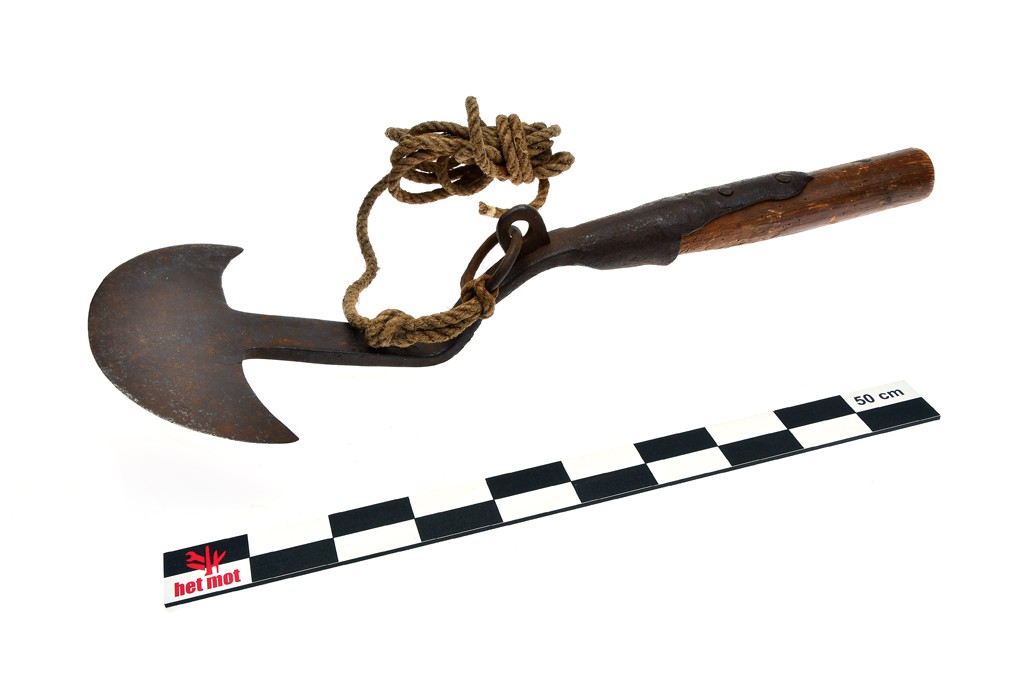Research
Search our website
Search our website by entering a keyword or choose a database above to search specifically.
Search
Showing search results 3,901 - 3,910
14,725 results found

Paperknife
Metal, wooden, bone, ivory or plastic knife (approx. 20-25 cm long),
usually in one piece, with a flat and narrow (approx. 0.5-1 cm) blade that
tapers towards the end. The edge is not sharp and the point is relatively
blunt. With a paperknife you can easily cut open envelopes and books; it is
inserted respectively into the fold of the cover or between two uncut
leaves of a book and then cut open along the fold. Sometimes the letter
opener is equipped with a pocket knife at the other end. Another paperknife
model has a razor-sharp blade (approx. 3 cm) in a rectangular plastic
handle, which is no thicker than 4 mm. This type of paperknife is not to be
confused with the folder. [MOT]

Paring spade
This text can only be consulted in Dutch
<https://www.mot.be/resource/Tool/paring-spade?lang=nl>

Pasta spoon
Wooden, stainless steel or plastic spoon with long handle (approx. 25 cm)
and 8-10 blunt teeth (approx. 2-3 cm) for removing spaghetti from the
boiling water and draining it. Some models have an opening in the center of
the spoon. The pasta spoon is placed in the pan of the freshly cooked
spaghetti and turned around so that the teeth take the strings of spaghetti
with them. Take it all over the pan to let it drain. See also spaghetti
tongs used after draining spaghetti in a colander. [MOT]

Paring knife
Vegetables are peeled with a paring knife. It is a small (approx. 16-18 cm)
and light (approx. 20-25 gr) knife with a smooth edge, which lies easily in
the hand. The blade can take different shapes: it can look like a mini
French cook's knife, the edge can be straight or curved, but it always has
a sharp point to remove pits. The handle can be wood or plastic. A special
model consists of a paring knife with a movable guide. Sometimes the paring
knife is combined with a bottleopener. [MOT]

Pastry blender
With a pastry blender you can quickly make a crumbly mass from flour and
pieces of butter, without this mixture getting hot, for eg crust or
shortcrust pastry. It consists of six relatively flexible steel wires that
are bent in a U-shape; between the ends there is a wooden or plastic
handle, which is sometimes provided with a thumb rest. By moving the pastry
blender up and down in the mass, the ingredients are mixed and the pieces
of butter or fat finely divided. Instead of the wires, there can also be
various steel blades with a curved cut. These are rigid and therefore
better suited for cutting hard chunks of fat. See also the dough grater.
[MOT]

Paring chisel
Wide chisel with one bevel, sometimes without a neck. Since it does lighter
work than the firmer chisel, it is theoretically not beaten with the wooden
hammer, but pushed. It is also sharper than the firmer chisel. The Japanese
chisel (Japanese: tsuki nomi) is longer than the western one and is always
used with both hands. It is used for finishing mortise and tenon joints and
grooves. [MOT]

Parcel handle
This text can only be consulted in Dutch.

Pattern roll (bookbinder)
This text can only be consulted in Dutch
<https://www.mot.be/resource/Tool/pattern-roll-bookbinder?lang=nl>

Peat scyte
This text can only be consulted in Dutch
<https://www.mot.be/resource/Tool/peat-scyte?lang=nl>

Peat spade
After the field has been mowed with the peat scythe or toothed sickle and
the turf removed with the paring spade, the peat-cutter uses the peat spade
to cut peat, which after drying is used as fuel or fertilizer. It is an
iron blade spade (approx. 15 x 20 cm), with one or two raised edges, which
is slightly curved (approx. 10-25 °) in relation to a knob or T-handle
(75-120 cm) ). The cut of the blade can be straight or pointed and, like
the spade, is inserted vertically (1) (approx. 20-25 cm) into the ground.
The result is a clod in the shape of a parallelepiped (approx. 20 x 15 x 10
cm). The raised edges serve, in addition to cutting the peat, to keep the
clod together. [MOT] (1) A spade is used to cut peat horizontally. (HOVE:
23; BORCHGREVINK: 70).








